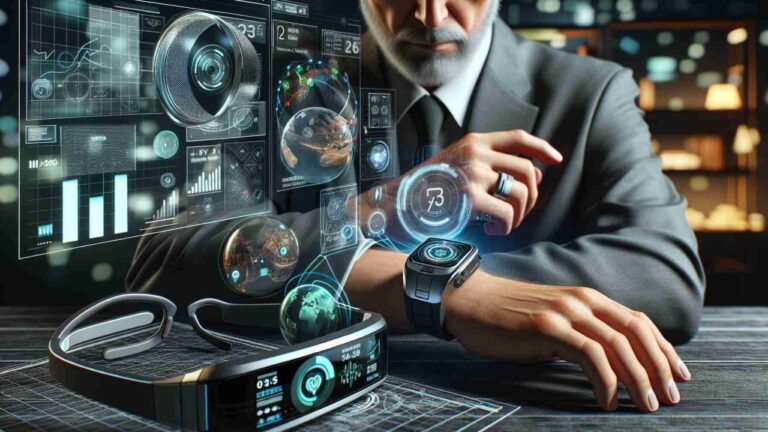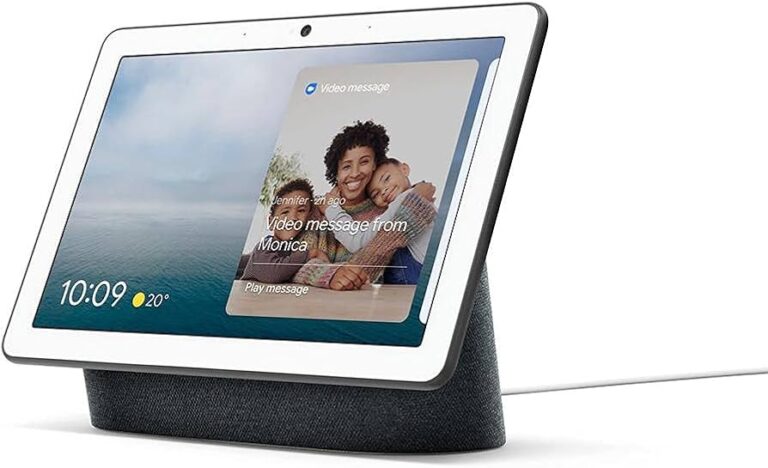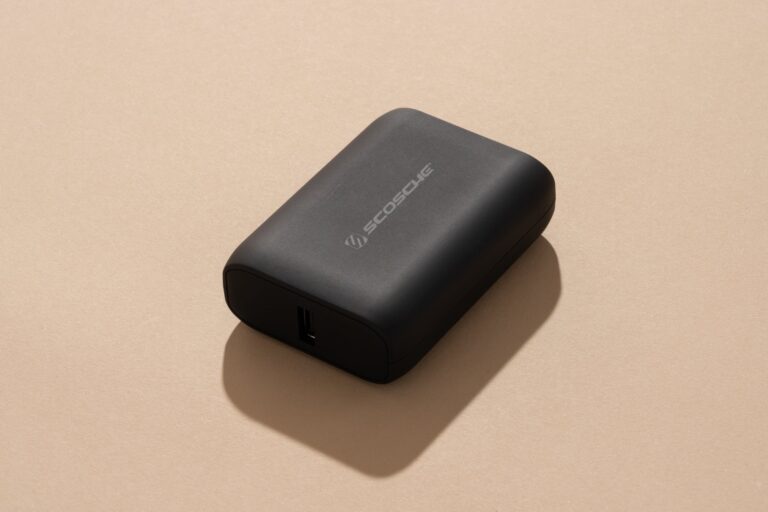In today’s fast-paced, tech-driven world, the constant barrage of notifications, emails, and updates can leave us feeling drained and disconnected. There is a growing recognition of the need to take a break, unplug, and find a sense of inner calm in the midst of the digital chaos. This isn’t about abandoning technology altogether, but rather finding a balance and integrating mindfulness practices to help navigate our increasingly connected lives. How, you might ask? Through the aid of some thoughtfully designed gadgets that encourage digital detox and mindfulness, making it easier to tune out the noise and tune into ourselves.
In the forthcoming discourse, we’ll introduce you to the top gadgets that can facilitate your journey towards digital detox and mindfulness. From innovative devices that limit your screen time, to wellness technology promoting relaxation and focus, these gadgets are designed to help you reclaim your time, attention, and peace of mind. We’ll delve into the unique features of each gadget, exploring how they support mindfulness practices and contribute to a healthier relationship with technology. Whether you’re an overworked professional, a busy parent, or someone simply seeking more tranquility and balance, there’s something for everyone in this selection. So, get ready to discover how you can make technology work for you, not against you. It’s time to unplug, unwind, and usher in a new era of digital wellbeing, where technology and mindfulness harmoniously coexist. In a world where being constantly connected is the norm, let’s flip the script and embrace the art of disconnecting to reconnect with ourselves. 🌿📵🧘♂️
The Importance of Digital Detox
In our hyper-connected world, technology has become both a blessing and a burden. Smartphones, tablets, and laptops keep us informed, connected, and productive—but they also contribute to stress, distraction, and even burnout. The relentless flow of messages, alerts, and content can lead to a phenomenon known as digital fatigue, where our mental and emotional resources become depleted due to constant stimulation. This is where the concept of a digital detox becomes not just helpful, but essential.
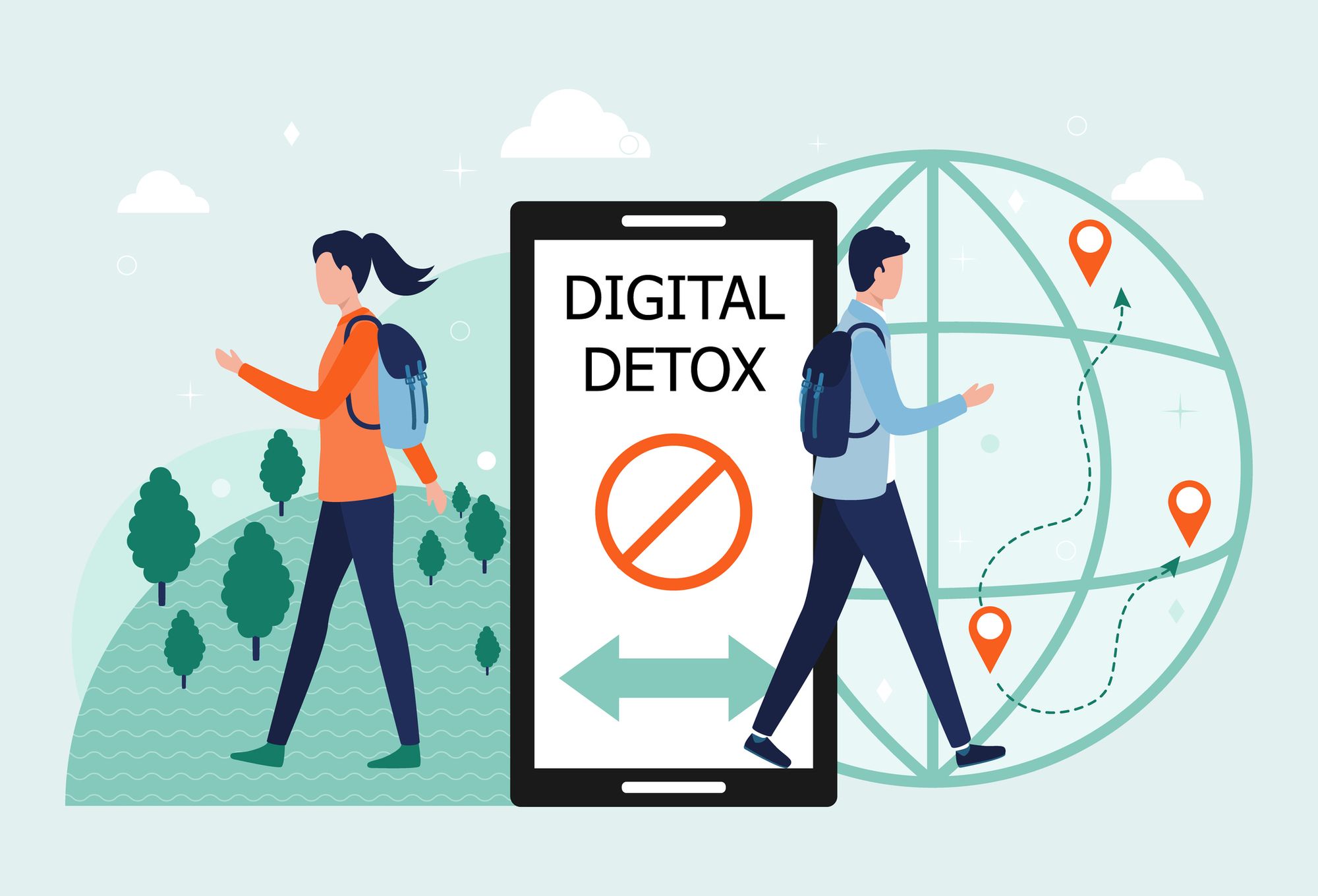
A digital detox refers to a conscious break from digital devices—be it for a few hours, a weekend, or an extended period. The goal is to reduce screen time, re-establish healthy boundaries, and reconnect with the physical world and our inner selves. While it may sound like a luxury, studies suggest it’s a necessity for maintaining mental health in the digital age.
One of the primary benefits of a digital detox is the restoration of attention and focus. Constant notifications train our brains to expect interruptions, which in turn decreases our ability to concentrate for prolonged periods. By stepping away from devices, we allow the brain to recalibrate, strengthening our ability to be present and attentive.
Digital detoxing also enhances emotional well-being. Social media, for instance, often creates unrealistic comparisons and contributes to feelings of inadequacy or anxiety. Taking a break helps clear this emotional clutter and encourages self-reflection, allowing us to realign with our personal values and priorities.
Moreover, a break from screens improves sleep quality. The blue light emitted by devices interferes with melatonin production, disrupting our circadian rhythms. Reducing screen exposure, especially before bed, helps the body transition more naturally into rest mode, leading to more restorative sleep and better overall health.
But perhaps the most compelling reason for a digital detox is the reconnection with mindfulness. Mindfulness is the practice of being fully present in the moment, and it becomes increasingly difficult to achieve when our minds are perpetually pulled into the digital world. A detox creates the space to notice, appreciate, and engage with the here and now—whether it’s through nature walks, journaling, meditation, or simply enjoying a meal without checking your phone.
Importantly, digital detoxing isn’t about demonizing technology. Rather, it’s about creating intentional habits and fostering a balanced relationship with our devices. Like any tool, technology is most effective when used with purpose and moderation. By carving out time to unplug, we gain more control over how and when we engage with the digital world—transforming tech from a source of stress into a source of empowerment.
Ultimately, integrating digital detoxes into our routine is a powerful act of self-care. It reinforces our autonomy, nurtures our mental clarity, and reminds us that we don’t have to be constantly connected to be productive, informed, or fulfilled.
Gadgets to Assist in Digital Detox
While it may seem counterintuitive, some devices can actually aid in your quest for a digital detox. Here are a few of the top gadgets designed to help:
- Light Phone: This device is a simplified, second phone that uses your existing phone number. It’s intentionally designed to be used as little as possible, offering only basic features like calling and messaging.
- Kindle Paperwhite: E-readers like the Kindle Paperwhite can be a great tool for digital detox. They allow you to enjoy books without the distractions that come with traditional tablets or smartphones.
- Timeular: This eight-sided dice helps you track and manage your time more effectively, allowing you to be more mindful of how you spend your digital time.
Techniques for Mindful Tech Use
Aside from gadgets, there are also a number of strategies you can employ to promote mindful use of technology. Here are a few to consider:
- Dedicated Unplugged Time: Set aside specific times during the day when you will not use any digital devices. This could be during meals, before bed, or even for an hour or two in the evening.
- Mindful Notifications: Be selective about which apps can send you notifications. Consider turning off all non-essential alerts to reduce digital distractions.
- Single-tasking: Rather than trying to juggle multiple digital tasks at once, focus on one task at a time. This can improve your productivity and reduce feelings of overwhelm.
Apps for Mindfulness and Balance
In addition to gadgets and strategies, there are a variety of apps available that can help facilitate mindfulness and digital balance:
- Headspace: This app provides guided meditations and mindfulness exercises that can help you focus and reduce stress.
- Forest: Forest encourages users to stay off their phones by growing virtual trees. The longer you avoid using your phone, the more your virtual forest grows.
- Freedom: Freedom allows you to block distracting apps and websites, helping you to focus and be more productive.
Maintaining a Healthy Digital Life
Finding a healthy balance in a tech-driven world doesn’t mean you have to completely abandon your digital devices. Rather, it’s about using them mindfully and intentionally. As our reliance on technology grows, it’s increasingly important to develop habits that promote well-being and prevent digital fatigue. By incorporating some of the tools, gadgets, and techniques mentioned above, you can begin to reclaim control over your digital life and foster a more mindful approach to connectivity.
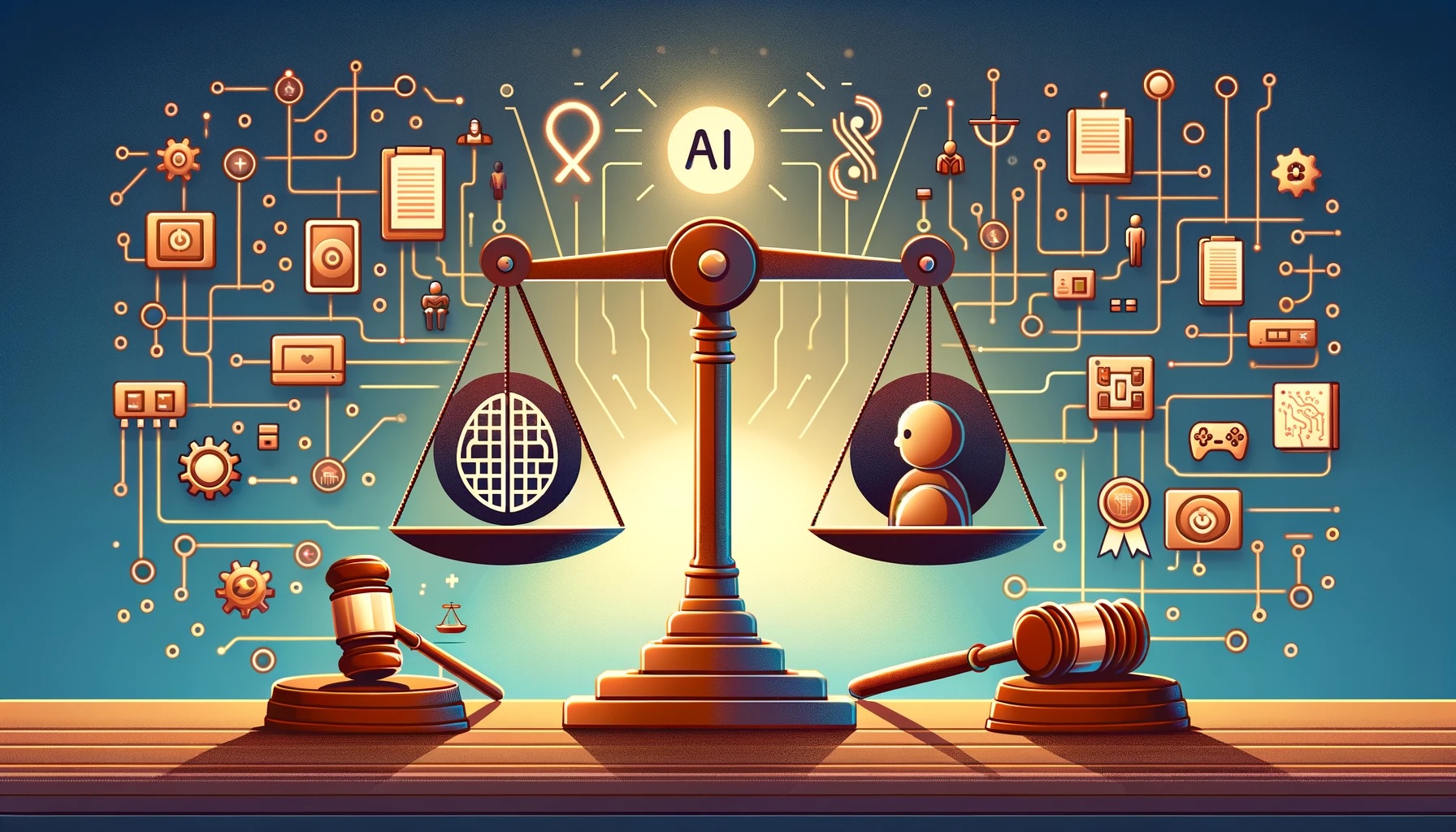
One of the key aspects of maintaining a healthy digital life is awareness. It begins with recognizing how much time you spend online and how it affects your mental, emotional, and even physical state. Tracking your screen time, for example, can be an eye-opening first step. Many smartphones and apps now offer built-in tracking features that show exactly how much time is spent on various activities. This awareness alone can lead to more conscious decisions about when and how to engage with technology.
Another vital element is setting boundaries. Just as we create boundaries in our physical lives to protect our energy and focus, the same must be done in the digital realm. Consider creating tech-free zones in your home—such as the bedroom or dining area—where digital devices are not allowed. This fosters more presence during daily routines and encourages deeper connections with others. Similarly, establishing designated “no-screen” times throughout the day, like the first hour after waking or the hour before bed, can enhance sleep quality and reduce stress.
Practicing digital minimalism can also be transformative. This doesn’t necessarily mean throwing away all your devices, but rather decluttering your digital space. Unsubscribe from unnecessary emails, delete apps you rarely use, and simplify your home screen to include only the tools that truly serve you. A cleaner digital environment helps reduce distractions and makes it easier to focus on what really matters.
Prioritizing real-life interactions is another crucial strategy. While digital communication can be convenient, it’s important to nurture in-person relationships as well. Make time for face-to-face conversations, outdoor activities, and hobbies that don’t involve screens. Engaging in offline experiences can refresh your mind and foster a sense of fulfillment that scrolling through social media often fails to provide.
Equally important is cultivating digital literacy and emotional resilience. In a world where digital misinformation and comparison culture are rampant, it’s vital to approach online content with a critical mind. Educate yourself about how algorithms work, understand the psychological impact of social media, and learn to pause before reacting. Emotional awareness in the digital space can help you navigate it with greater confidence and clarity.
Lastly, regular reflection is a powerful habit to adopt. Take a few moments at the end of the week to assess your digital habits. What worked? What didn’t? How did you feel during screen-heavy days compared to those with more offline time? Reflecting in this way allows you to fine-tune your approach and stay aligned with your goals for digital well-being.
In essence, maintaining a healthy digital life is a continuous journey. It requires mindfulness, flexibility, and a willingness to reassess and adjust. Technology itself is neutral—it’s how we use it that determines its impact. By being intentional, setting clear boundaries, and using supportive tools, we can shape a digital environment that enhances, rather than hinders, our overall well-being.
Final Thoughts
Embracing a digital detox and mindful tech use isn’t always easy, especially in a world where connectivity is constant and expectations for instant responses are high. However, taking the time to step back and reassess your relationship with technology is one of the most empowering actions you can take for your well-being. It’s not about rejecting innovation or abandoning your devices, but about regaining control and using technology in a way that serves you—rather than the other way around.
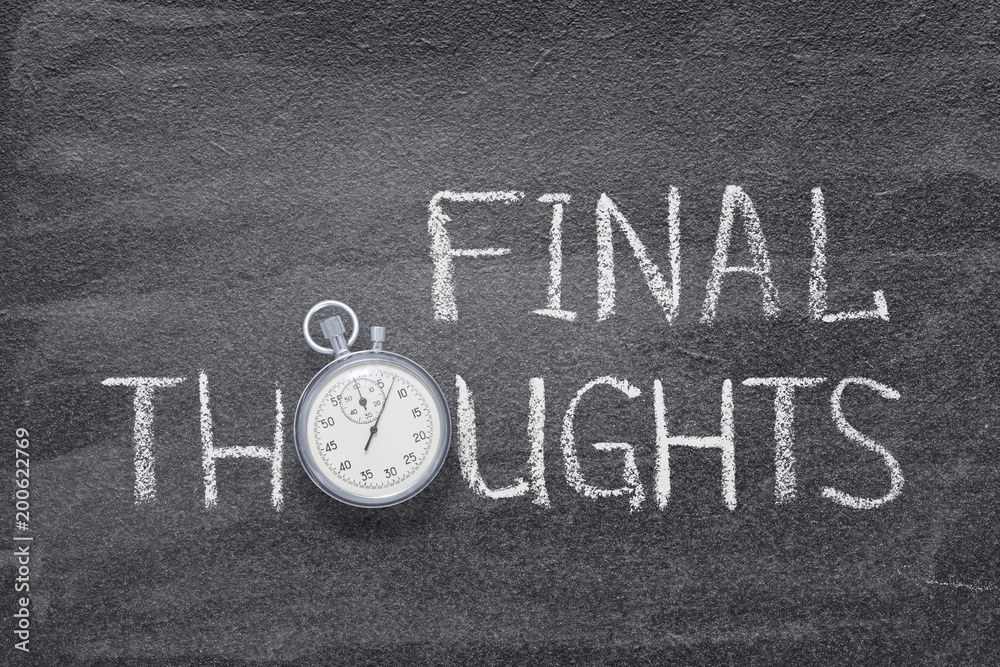
Integrating small, intentional changes—like using focus-enhancing gadgets, setting screen-free times, or practicing single-tasking—can gradually transform your digital habits. These practices not only reduce stress and digital fatigue but also help sharpen your concentration, improve your sleep, and rekindle a sense of calm and presence in your day-to-day life. The benefits are tangible and far-reaching, often spilling over into other aspects of your health, relationships, and productivity.
So why not give it a try? The next time you find yourself endlessly scrolling, feeling anxious from constant notifications, or struggling to concentrate, take it as a cue to pause. Revisit some of the tools and techniques discussed, and choose one small step you can take toward greater digital balance. Whether it’s switching to a distraction-free phone, using a focus app, or simply going for a mindful walk without your device—every step counts.
In a tech-saturated world, finding stillness and clarity is a radical act of self-care. By consciously choosing when and how to engage with technology, you open the door to a more focused, fulfilling, and balanced way of living. Unplugging, even briefly, can help you reconnect with what truly matters—yourself.
Conclusion
In conclusion, the escalating tech-driven world can often leave us feeling overwhelmed and out of balance. However, it is important to remember that technology itself is not the issue, but how we use it. By embracing digital detox gadgets and mindfulness tools, we can bring a much-needed equilibrium back into our lives. Products like ‘Unplug and Unwind’ offer an opportunity to detach from our digital dependencies and foster a more mindful approach towards technology use. They help us to disconnect from the noise of the digital world and re-center ourselves, enhancing our mental wellbeing and overall quality of life. This mindful interaction with technology is not about rejecting our devices, but rather about establishing a healthier, more balanced relationship with them. So, step into this innovative world of digital detox gadgets, and experience the tranquility and peace that comes with a well-balanced digital life. After all, the goal isn’t to disconnect from the digital world completely, but to learn how to use it wisely, to enhance rather than hinder our lives. Don’t let technology control you, take control of it. Unplug, unwind, and discover your own balance in this ever-evolving digital age. 🌿🔄📴

